
Fitting a Square Peg in a Round Hole: The Surprising Structure of Uranium Bound in Hematite
An atomic view of how toxic uranium binds to iron minerals in the environment enables better predictions of its behavior.

An atomic view of how toxic uranium binds to iron minerals in the environment enables better predictions of its behavior.
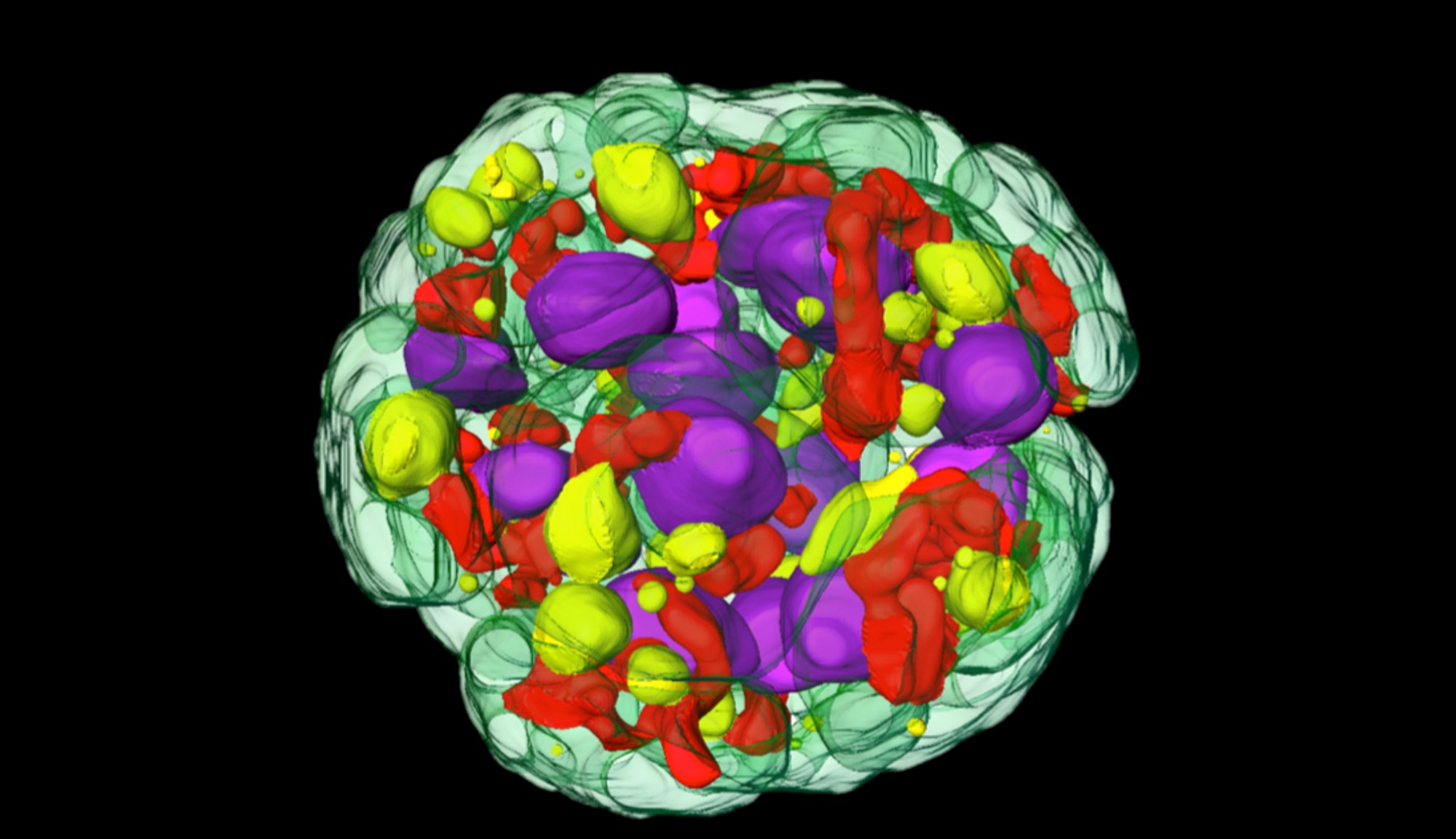
Adding glucose to a green microalga culture induces accumulation of fatty acids and other valuable bioproducts.
Read more about Feeding Sugars to Algae Makes Them Fat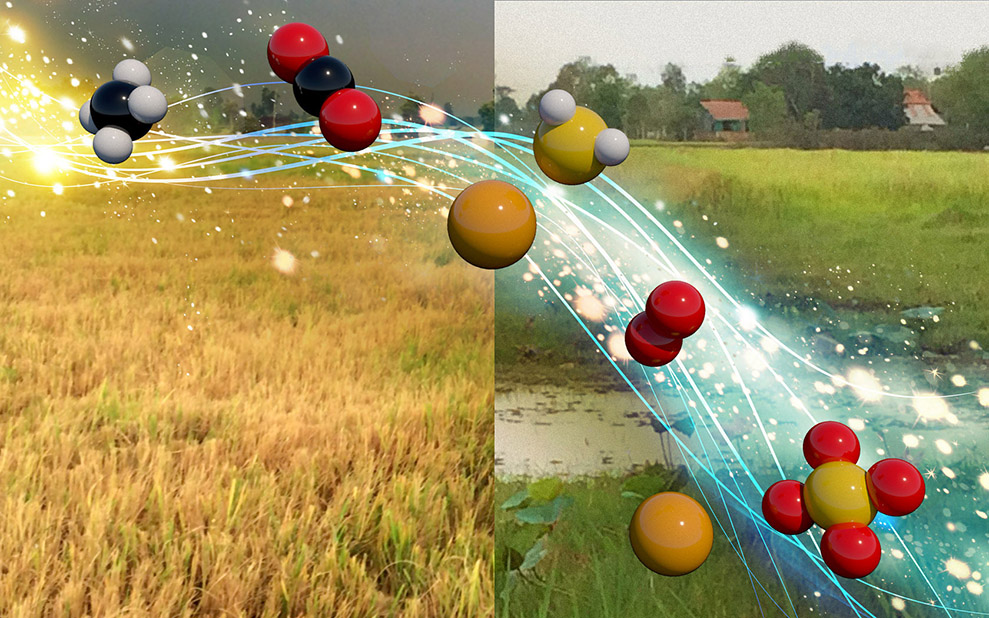
A pioneering study offers an easier approach to study how microbes work and could help scientists advance models of the cycling of elements and nutrients in frequently flooded soils.
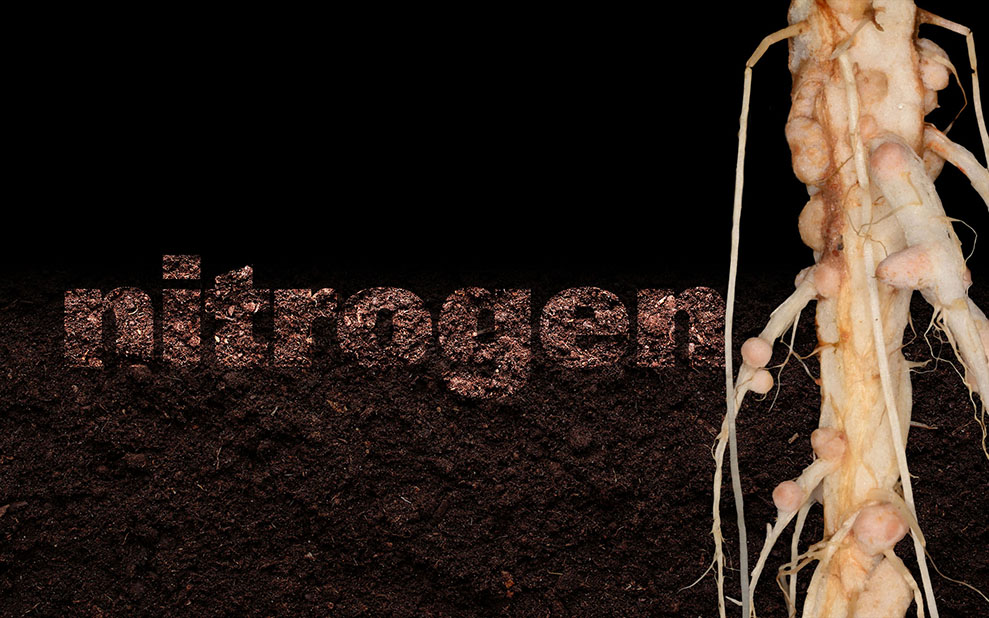
Scientists develop a molecular map of metabolic products of bacteria in root nodules to aid sustainable agriculture.
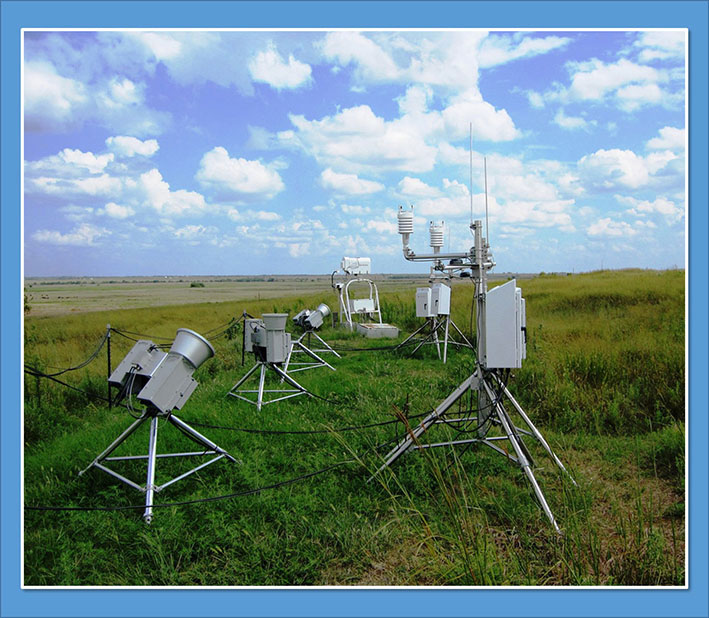
Predictions of the direct impacts of greenhouse gases must account for local temperature and humidity conditions.
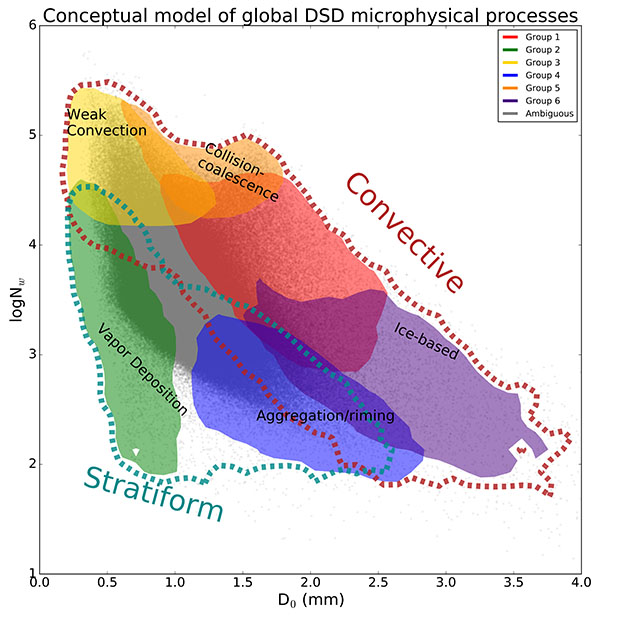
Surface measurements of rain drop sizes shed light on cloud processes and cloud types.
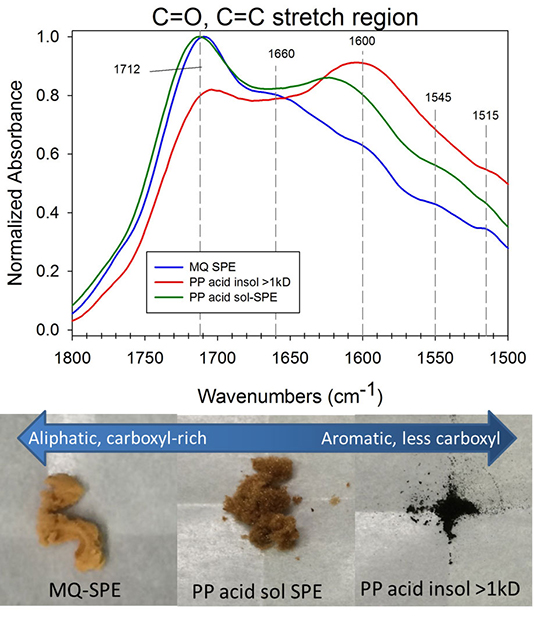
Characterizing carbon stored in deeper sediments below soils is critical for understanding the stability and dynamics of Earth’s carbon pool.
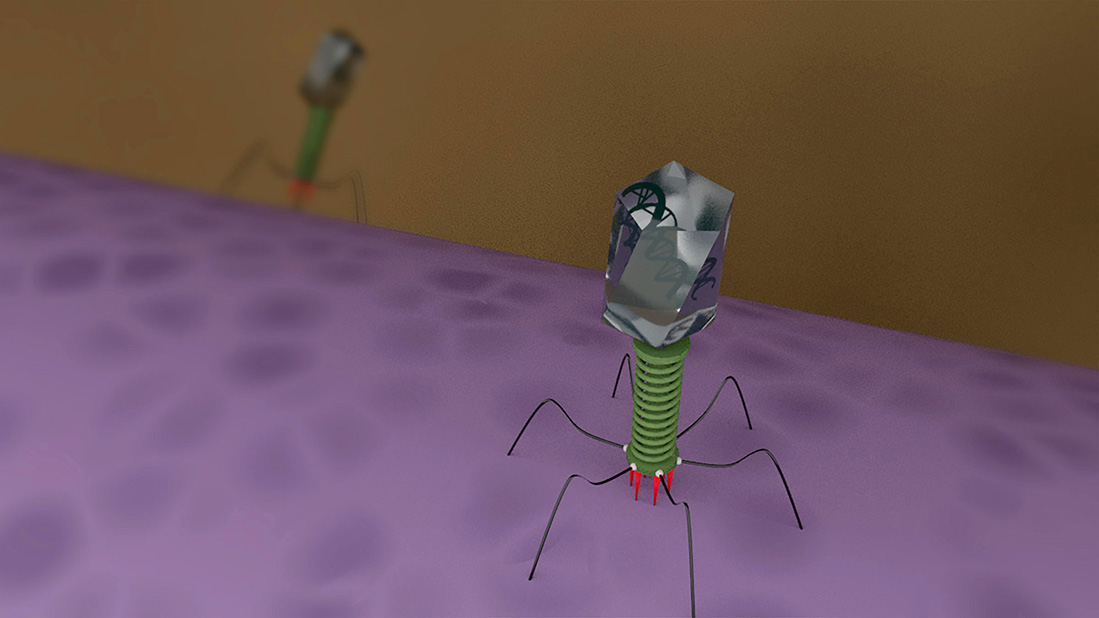
Molecular studies show phage-host interactions are more complicated than most laboratory studies suggest.
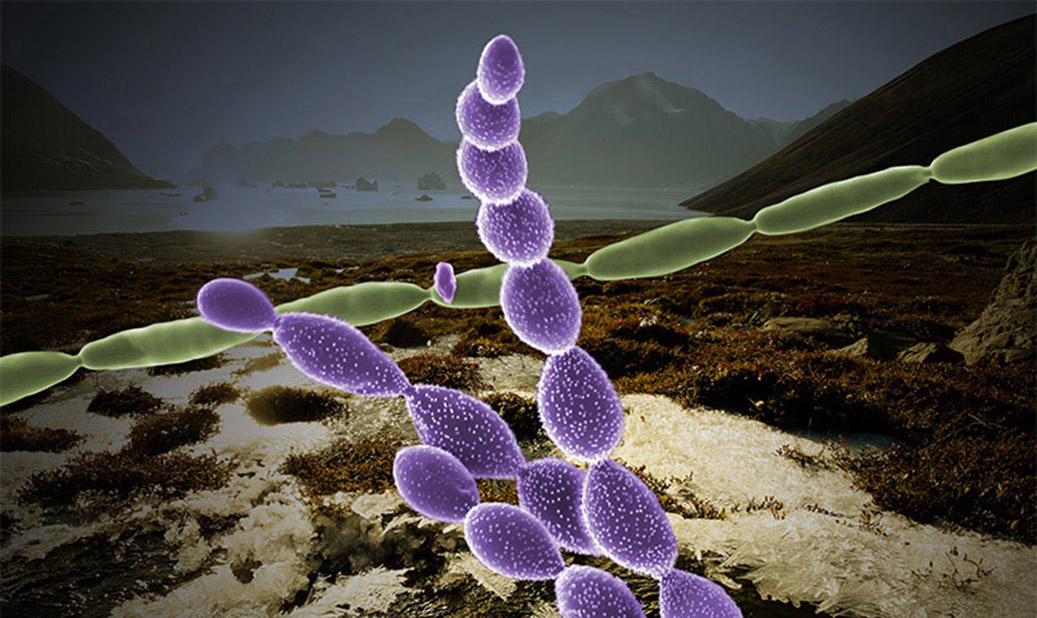
Recovery of more than 1500 microbial genomes shines light on how carbon is metabolized as permafrost thaws.

Six cameras are revolutionizing observations of shallow cumulus clouds.

New insights into molecular-level processes could help prevent corrosion and improve catalytic conversion.
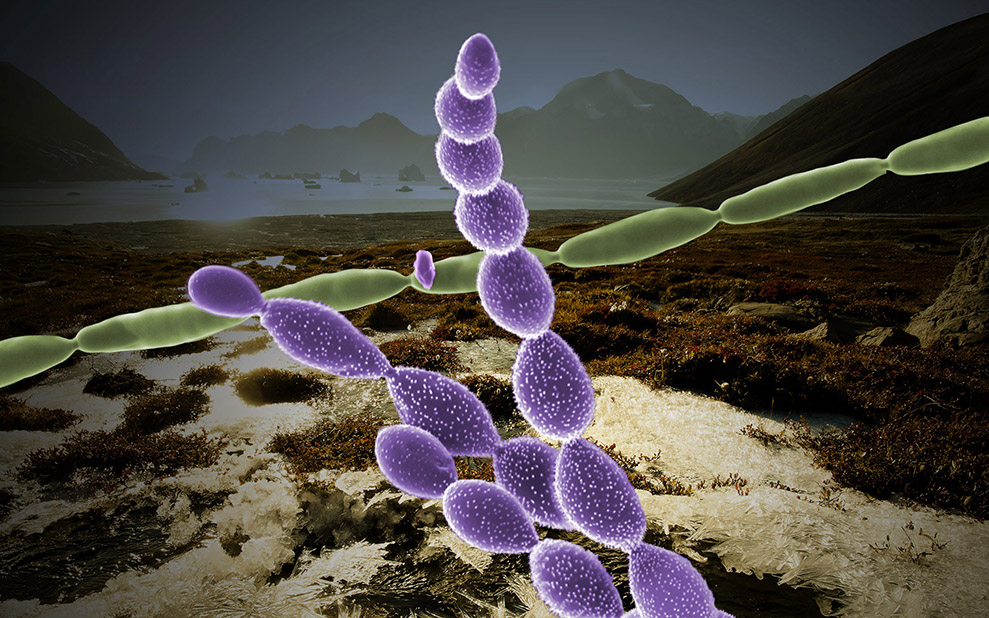
Scientists discover key types of microbes that degrade organic matter and release carbon dioxide and methane into the atmosphere.